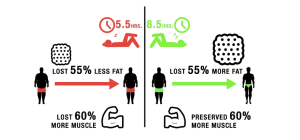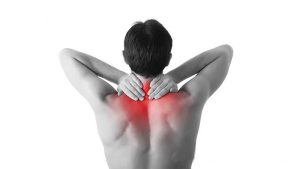The aim of this article is to help clarify any misunderstandings with regards to self-treatment of musculoskeletal injuries. The primary confusion appears to lie with whether or not to use heat or ice. As well as the correct timing of these opposing methods.
R.I.C.E.M
For initial treatment, a widely recognised approach is R.I.C.E.M. Employ this rule for acute injuries (i.e. really painful, recently inflamed, or if unsure what to do). It will always be the most suitable treatment in the first 24-72 hours. This consists of the majority of back pain and neck pain too.
- Rest – Stop whatever you’re doing and rest the injured part of the body. This reduces the circulation of blood, which can help to minimise inflammation. Attempting to work through the discomfort will more often than not lead to further irritation. In simple terms when it hurts, stop. However, complete rest is normally not useful and can slow progress. Attempt to remain mobile but avoid painful activities.
- Ice – Cold packs are excellent, but ice cubes in a wet towel work equally as well. Generally 15-20 minutes on the area of pain, then 1 hour off for the first 24 hours, then every 4 hours the next day. Ice treatment can usually be repeated as much as necessary. However, it is necessary to allow normal blood circulation to return between icing so that you do not damage the tissue cells by overcooling them.
- Do not apply ice straight to the skin as you’re able to cause ice burns. Icing works because the cold causes the tiny blood vessels to constrict which reduces blood circulation. Although swelling is a natural response to injury, it appears to provide no help to recovery so whatever you can do to minimise is good.
- Compression – Somewhat challenging to employ, however, it minimises the swelling that may occur with injury.
- Elevation – Raise the affected part in order to limit excessive blood circulation towards the injured area. When this isn’t practical, at the very least make an effort to minimise excessive movement.
- Medical help – You should, as soon as practical, seek professional attention with your injury. Even if is to ensure that your injury does not require further care. Leaving a problem is likely to lead to a bigger problem down the track.
Heat treatment
This consists of hot showers/baths, topical rubs including liniment, heat packs and massage. Using heat modalities while in the acute stage of injury will feel good as it helps muscles to relax, however, may be unhelpful to a speedy recovery. It’s important you only use heat following the RICEM stage or when directed otherwise. The vast majority of research into hot/cold therapy supports the use of heat throughout the recovery phase, provided that it doesn’t worsen the symptoms.
Combination treatment
To help in tissue recovery, ice and heat can be very effective when used together. However, only use at home under medical direction. Heat is often helpful/important to first result in slight inflammation to help in healing, then ice to prevent it from getting worse. Heat might be in the form of massage.
NSAIDS, Pain killers & Anti-inflammatory gels
Pain medication is meant to stop your brain from receiving pain signals. Despite some advertisements in the media, they don’t target pain. Instead, they act upon all nerves in your system associated with pain signaling. Dulling the senses makes you inclined to think things are better. From our clinical experience, full awareness of your complaint is important for safe treatment.
NSAIDS
NSAIDS = non-steroidal anti-inflammatory drugs including Nurofen and Voltaren act by lowering the body’s natural inflammatory response to injury. The inflammatory stage of the majority of injuries is just for several hours to days. Taking NSAIDS following the inflammatory stage has been shown to be a hindrance to good healing. If pain is a concern you’ll find that simple medication like panadol works equally as well. The gels work much the same way however only penetrate the injured surface, generally less than 1cm deep.
Adverse reactions to even low dose NSAIDs is quite common, therefore you shouldn’t take this medication lightly. Keep in mind all drugs have side effects, and many react with other medication, so only take medicines on the advice of a medical specialist and never more than the recommended dosage. The recommendation given in this article is not intended to provide specific treatment for your condition or injury.





